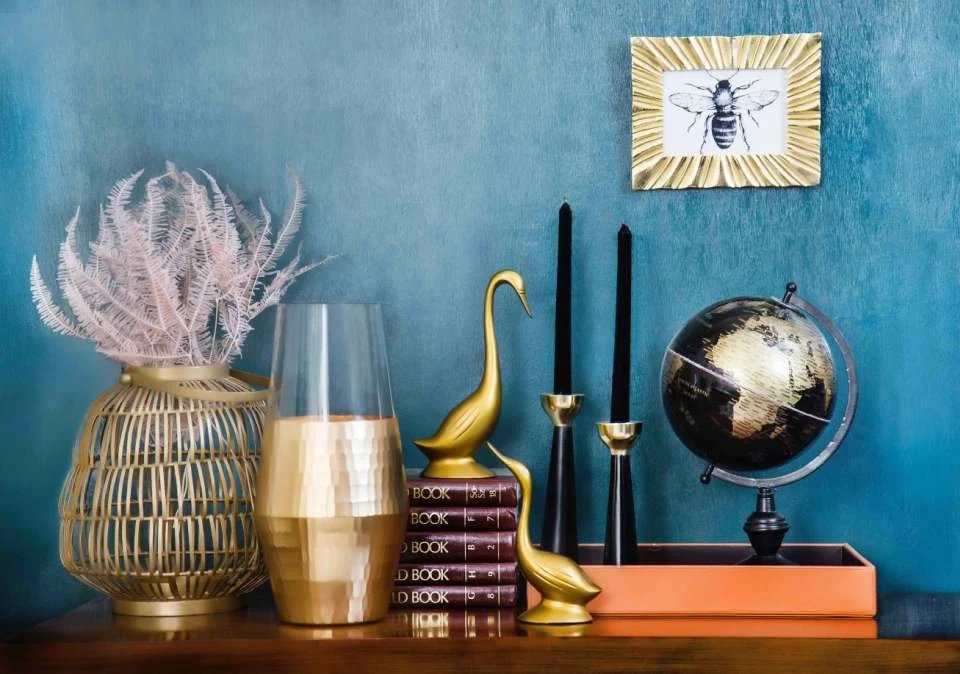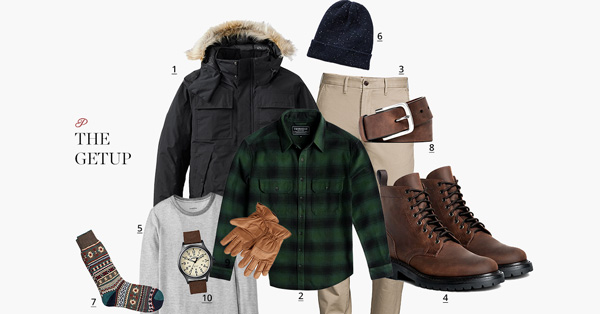It’s easy to go down a generic styling path for your home because it’s the path of least resistance. So how do we stop our homes from feeling like an Airbnb? Discover what it takes to make a house...
How to avoid over-styling the personality out of your home
Interior design has become highly commoditised. Fast furniture, design influencers on social media and now AI generated designs are increasingly leading to cookie cutter homes with minimal personalisation or individual character.
It’s easy to go down a generic styling path for your home because it’s the path of least resistance (read more about this here). But if you’re yearning for your home to be a haven, to restore you and uplift you, then it needs to be more personal.
One of the biggest barriers I see to achieving an inviting, personal sanctuary at home is over-styling.
For the perfectionists among us, over-styling is a risk. We can get so deep into trying to create a ‘perfectly’ beautiful house that we can’t even see it happening. This comment I came across in a Facebook forum is a good example …
“My husband says our house is starting to look like an Airbnb with no personal things. So, how do you display your family photos and in which room?”

What strikes me about this comment is not just that she’s stripped her home of any meaning by over-styling, but that adding meaning with family photos is causing her enough angst to want to reach out to a bunch of internet strangers to ask for help!
She’s not alone though. Over-styling is the norm. On top of the social pressure to create a particular style of home, an elitest interior design industry perpetuates the mystery and perceived difficulty of creating beautiful spaces. So what do we do? We take the path of least resistance and try to replicate what we see in magazines, online or on TV.
And the result of all this is losing touch with your own taste and preferences to the point that you feel overwhelmed or confused about how to create beautiful spaces that are unique and personal to you.
At some point though, most of us begin to search for more meaning in our life, including our home. Like anything, it often takes a crisis to push us to question and challenge the status quo. Just like a health scare forces us to reevaluate our lifestyle, it might take a ‘home scare’ before we begin to reevaluate the style of home that brings us the most comfort and joy.
What do I mean by a ‘home scare’? A ‘home scare’ is any threat to your sense of home, meaning the feelings of security, familiarity, belonging and comfort that your home would normally give you.
Your sense of home can be thrown off kilter by significant life events such as moving house, having a baby, an empty nest, illness, bereavement, divorce, domestic violence or homelessness.
These crises and big life changes challenge our sense of self, our identity. Who am I now that I am divorced? Who am I now that my children have left home? Who am I now without my loved one?
Our concept of self is tied to our home. That means when a significant life event causes us to reevaluate our sense of self, we also start to reevaluate our sense of home.
I haven’t heard of anyone else talking about ‘home scares’ but I’ve experienced it personally a number of times including when my younger daughter was critically ill for many months. I’m pretty sure you will relate because most of us will have experienced it at some point in our life. And when you do, you’ll notice your priorities and design style begin to shift toward making more meaningful and intentional choices that support your wellbeing at home.
For example:
The stylish white linen sofa no longer brings you joy when you’re contending with the grubby fingers and dirty paws of your human and fur babies.
Feeling safe and calm at home takes precedence over trendy décor if you have experienced a traumatic event.
Creating beauty is more important when you’re searching for a reason to feel hopeful about the future.

Making little changes at home that have a known therapeutic effect can help you cope and move forward in life.
For example:
Reducing visual clutter can calm your nervous system.
Furniture can be arranged in a way that enhances your perceived sense of safety.
Certain colours and shapes can uplift and inspire you. This is the power of interior design psychology.
In the end, I didn’t respond to that Facebook post because I think it will take a ‘home scare’ for her to become receptive to the idea that home can (and needs to) be more than an impersonal Airbnb.
But I do have some tips if you have found yourself questioning the style of your home and you’re not sure how to make meaningful changes after a significant life event:
1. Know your WHY. Why do you want to make changes to your home? Ask yourself this question at least five times, digging deeper into your why each time.
2. Prioritise your values. What’s important to you? If it’s your family, do you have a comfortable space to hang out together? If it’s knowledge, do you have a home office set up for optimal focus and creativity? And so on.
3. Display special objects. And not just family photos. Donate generic décor and create space for the objects that mean something to you such as family heirlooms, your children’s art, or collections that tell the story of who you are.
4. Experiment with colour. You don’t have to paint your walls to start with (or even at all). Begin experimenting with coloured cushions, a rug or art and make sure the colours you use give you the feelings you want to feel in that particular space.
5. Apply the psychology of wellbeing at home. Learn how to organise for your personality, arrange your furniture for comfort and security, and style your home to feel calm.
Have you experienced a ‘home scare’? I’d love to know how it’s changed your priorities around your home and interior design style. Leave me a comment below.












